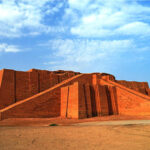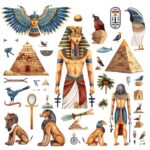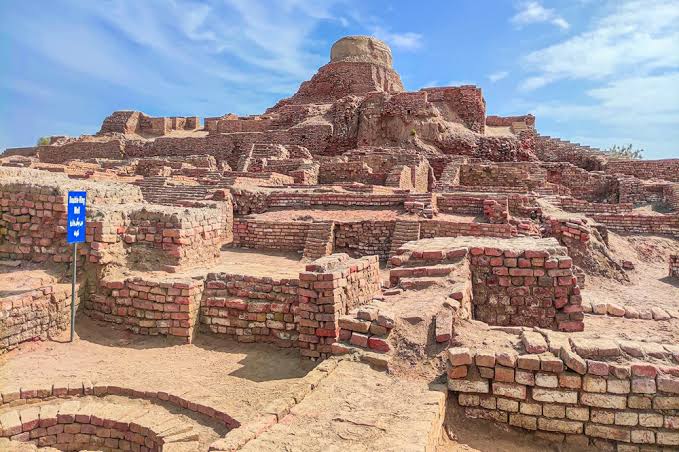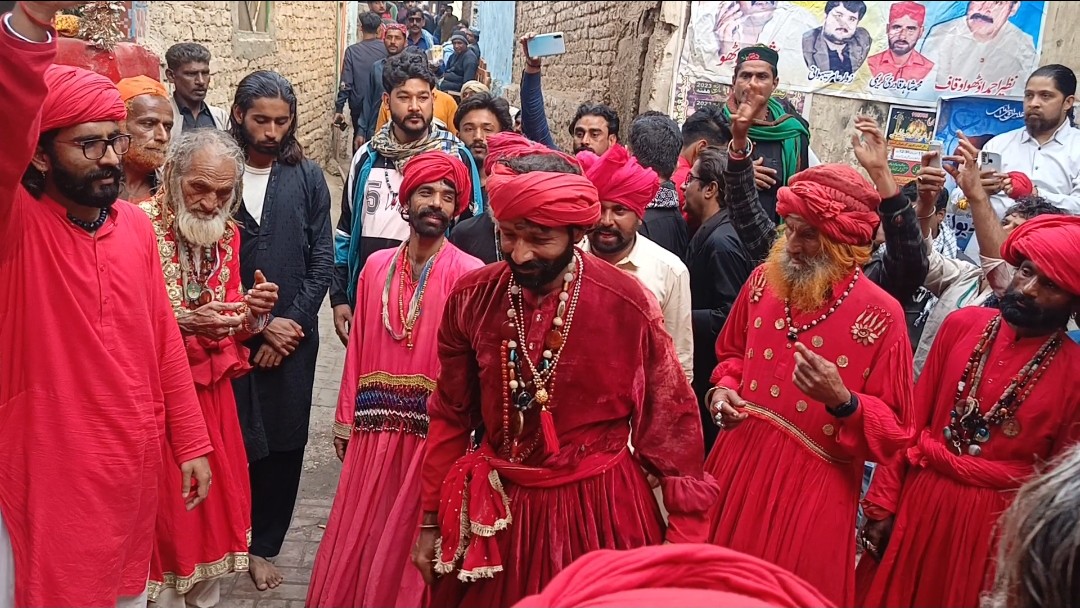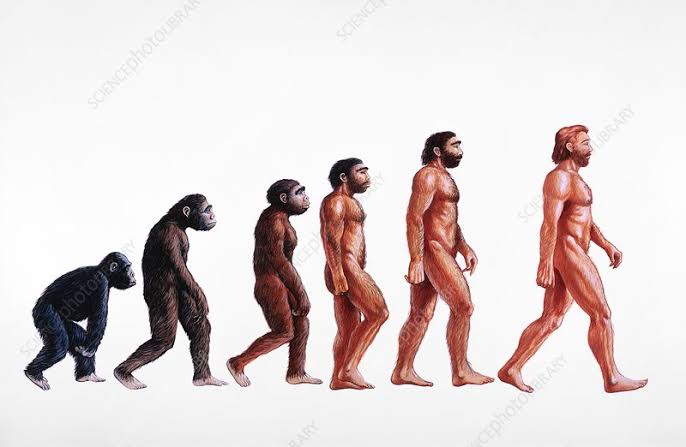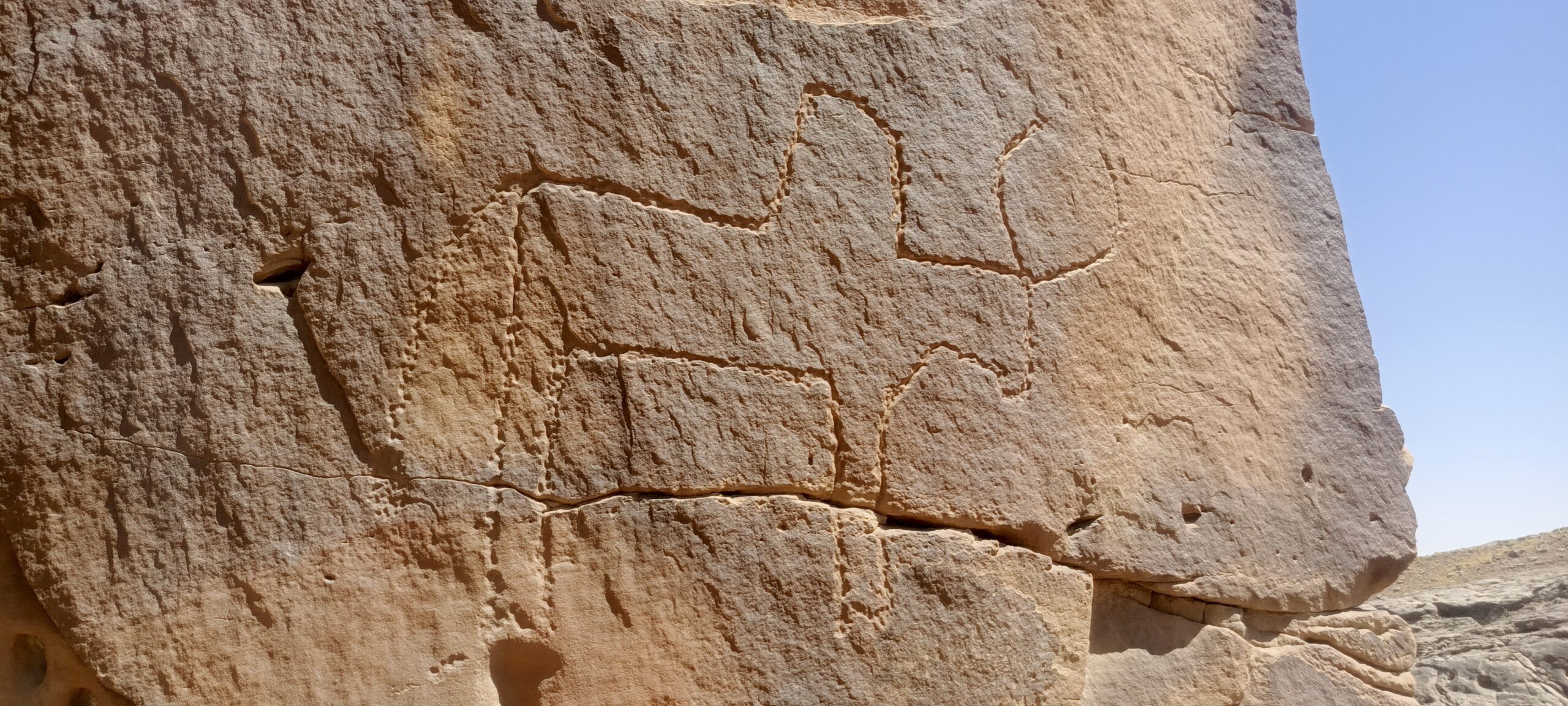The Indus Valley Civilization, also known as Sindhu Sabhita, was associated with the mighty River Indus or Sindhu River. It stands as one of the world’s oldest and most remarkable cultural landscapes.

Archaeological Sites of the Indus Valley
Archaeological sites such as Mohenjo-daro, Harappa, Amri, Rohri Hills, and Mehrgarh testify to the civilization’s greatness. These ruins prove that the society was not only ancient but also highly urbanized and advanced.
__ Read about Egyptian Civilization.
At a time when much of the world relied on wooden huts, the people of the Indus Valley built brick houses and planned streets. They also created trade networks, maritime activities, and a script system. In addition, they developed the concept of zero and practiced numerical calculations.
__Read about Mesopotamia Civilization.
The Mystery of the Indus People
Despite great progress in archaeology, one question still puzzles experts: Who were these people? Where did they come from? What was the secret of their advancement?
These questions mirror the mysteries of other ancient civilizations. Just as historians debate how the Egyptians built the pyramids, scholars also wonder how the Indus people achieved such progress.
The winds of these unanswered questions still sweep across Sindh—from the Kirthar Range to the Karoonjhar Hills, and from Aror’s rocky cliffs to the Himalayas.
___Read about Petroglyph of khirthar mountain
Theories About the Builders of the Indus Civilization
Among the most significant debates is the identity of the builders. Scholars generally propose three main perspectives:
1. The Aryan Hypothesis
According to this view, the Aryans were indigenous inhabitants of the Indus Valley. They built Mohenjo-daro and laid the foundation of the civilization.
They worshipped the Trimurti deities—Brahma, Vishnu, and Shiva—and composed foundational texts such as the Rigveda, the Gita, and the Ramayana. Aryan society was organized into social classes (varna system), which later evolved into the caste structure. Their traditions combined myth, philosophy, and ritual.
2. The Dravidian Hypothesis
Another perspective attributes the civilization to the Dravidians, regarded as its original inhabitants. Their earliest deity was Lord Shiva (some scholars suggest Varuna).
Dravidian society emphasized gender equality, and women held equal status with men. It is often described as matriarchal. They believed in the dual aspects of divinity—male and female—represented by Shiva and Shakti. This belief gave rise to the worship of linga and yoni, symbols of fertility and creation.
They pioneered agriculture and divinity concepts, connecting natural fertility and human reproduction with cosmic forces. According to this view, the Aryans were foreign invaders who imposed their gods and social systems. Some scholars argue that the Mahabharata war symbolized the clash between Dravidians and Aryans. Over time, the Aryans reduced the status of Dravidian deities but could not erase Lord Shiva, who remains central in Hinduism.
3. The Combined Hypothesis
A third perspective suggests that both Aryans and Dravidians lived in the Indus Valley. Their names may have reflected social or occupational divisions, not racial groups.
This idea gained popularity during the British colonial period (15th–19th centuries). Colonial scholars promoted it to present the people of the subcontinent as weak, divided, and unfit to rule themselves.
Even during excavations of Mohenjo-daro and other sites, the British feared that discoveries might contradict their imposed theories. They worried findings would reveal the true cultural and intellectual capacity of the indigenous people.
Preserving and Studying the Indus Valley Legacy
Today, preserving the archaeological heritage of Sindh and the Indian subcontinent is vital. The Indus script must be deciphered, and comparative studies should be conducted with Mesopotamian and Chinese civilizations. These efforts will help uncover cultural exchanges and influences.
Through rigorous and unbiased research, historians may finally solve the mysteries that surround this ancient culture:
- Who were its people?
- How did they achieve such advancement?
- What role did they play in shaping human civilization?

